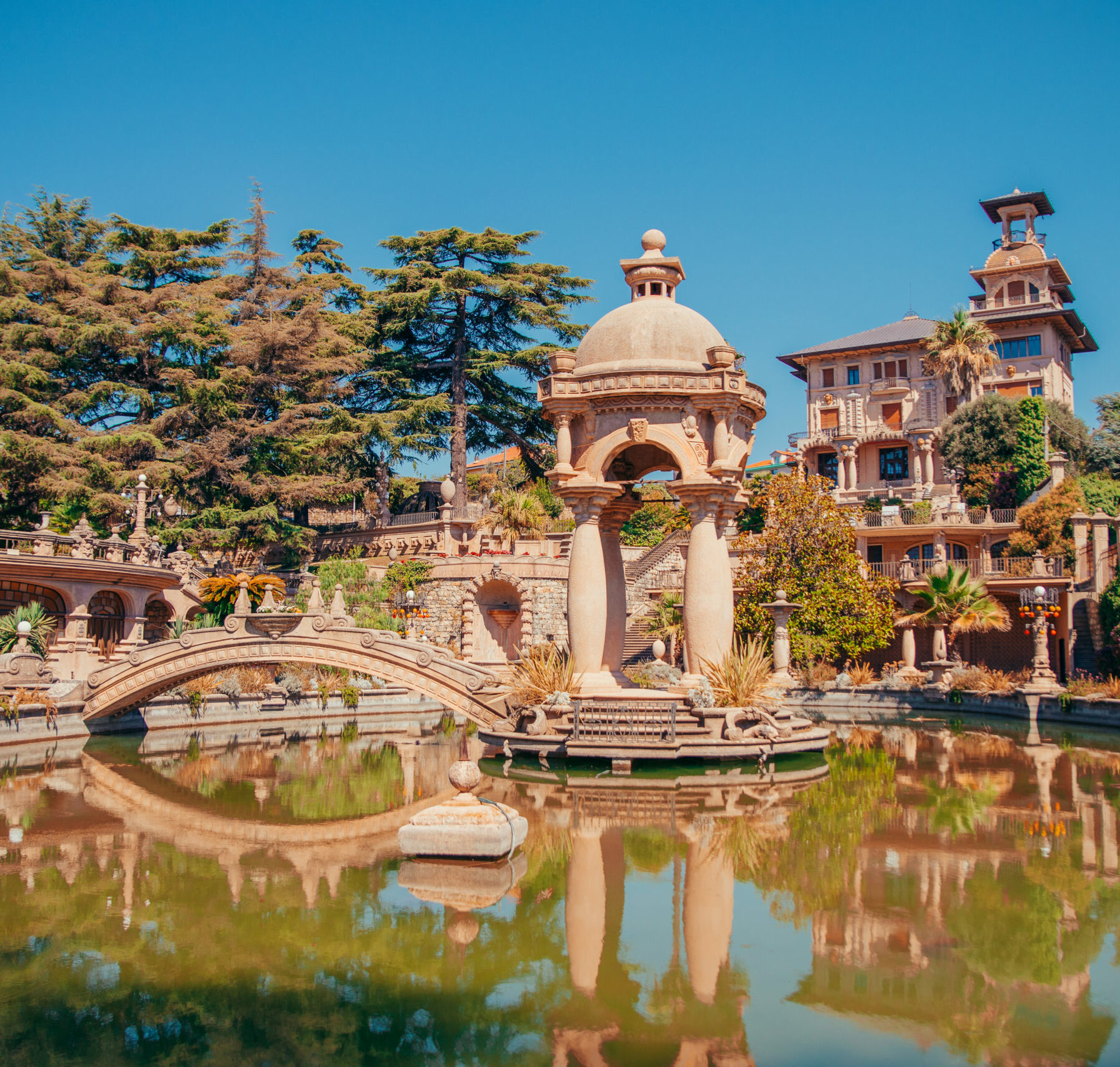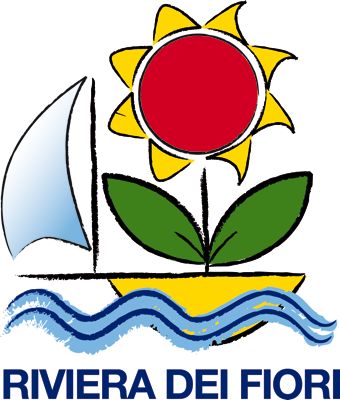The villas of the Riviera of Flowers
The villas of the Riviera of Flowers: from charming dwellings to enchanting gardens
The path amongst the villas of the Riviera tells the story of late late nineteenth century holidays,high class international tourism, art and architeture in a world that was elegant, refined yet discreet. Whether it matter of style, inspiration or wonderful gardens, the constant is the search for beauty.
Villa San Luca, Ospedaletti
The Italian writer Italo Calvino found inspiration for his work Invisible Cities among the rooms of the villa, which is packed with fascinating and unusual objects. A friend of Luigi Anton Laura and his wife Nera, the writer was a frequent visitor to Villa San Luca, which was home to the couple from 1953, and is now a FAI property.
The villa safeguards the collection of about six thousand works of art, amassed by a couple whose lives were characterised by a love of art, a spirit of adventure and a unique taste for the combination of artistic marvels they collected between Europe and the Far East. Porcelain, sculpture, silver, majolica, archeological finds, marbles and wood panelling
from different eras: Villa San Luca is an invitation to be amazed.
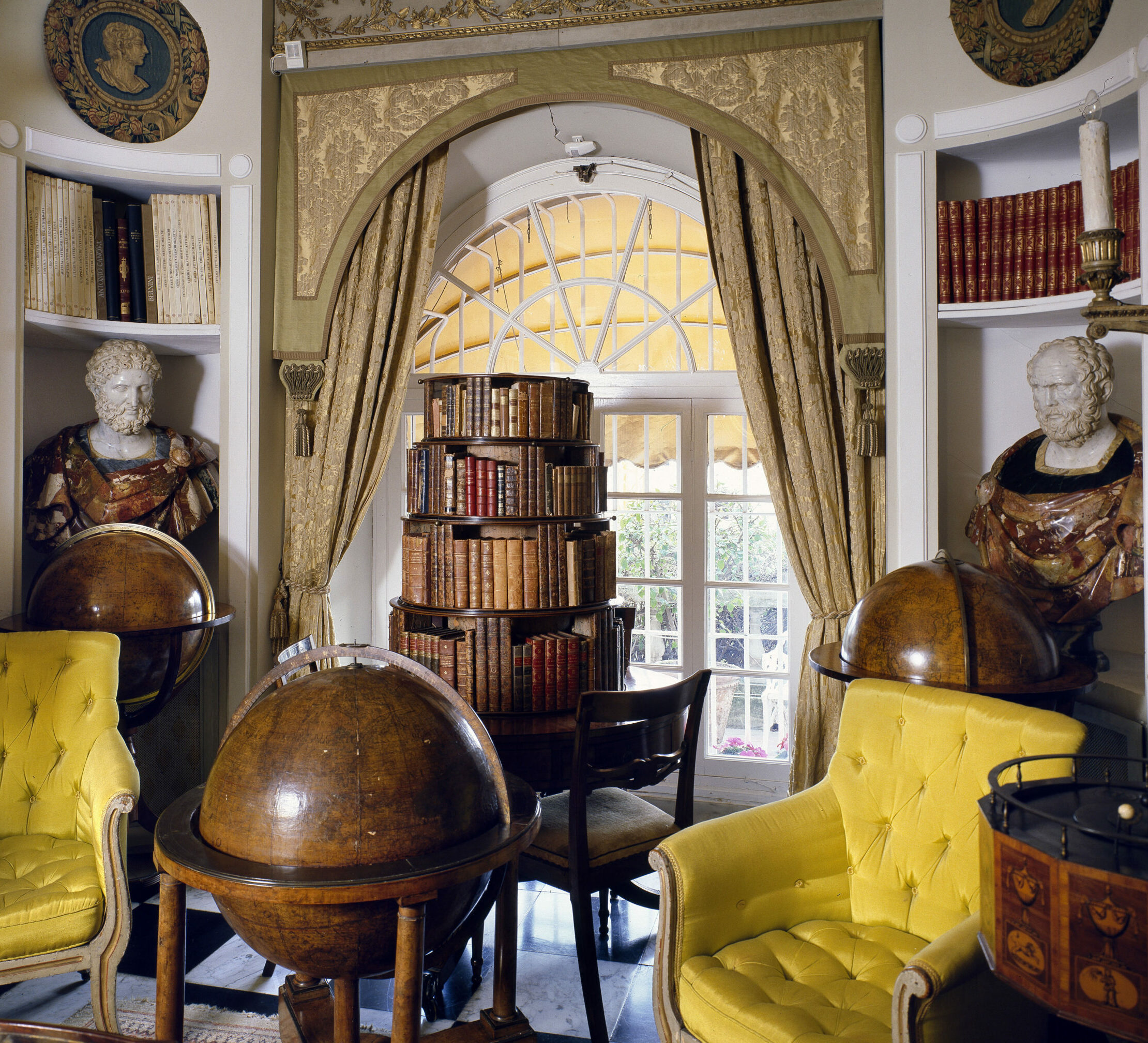
Villa Etelinda, Bordighera
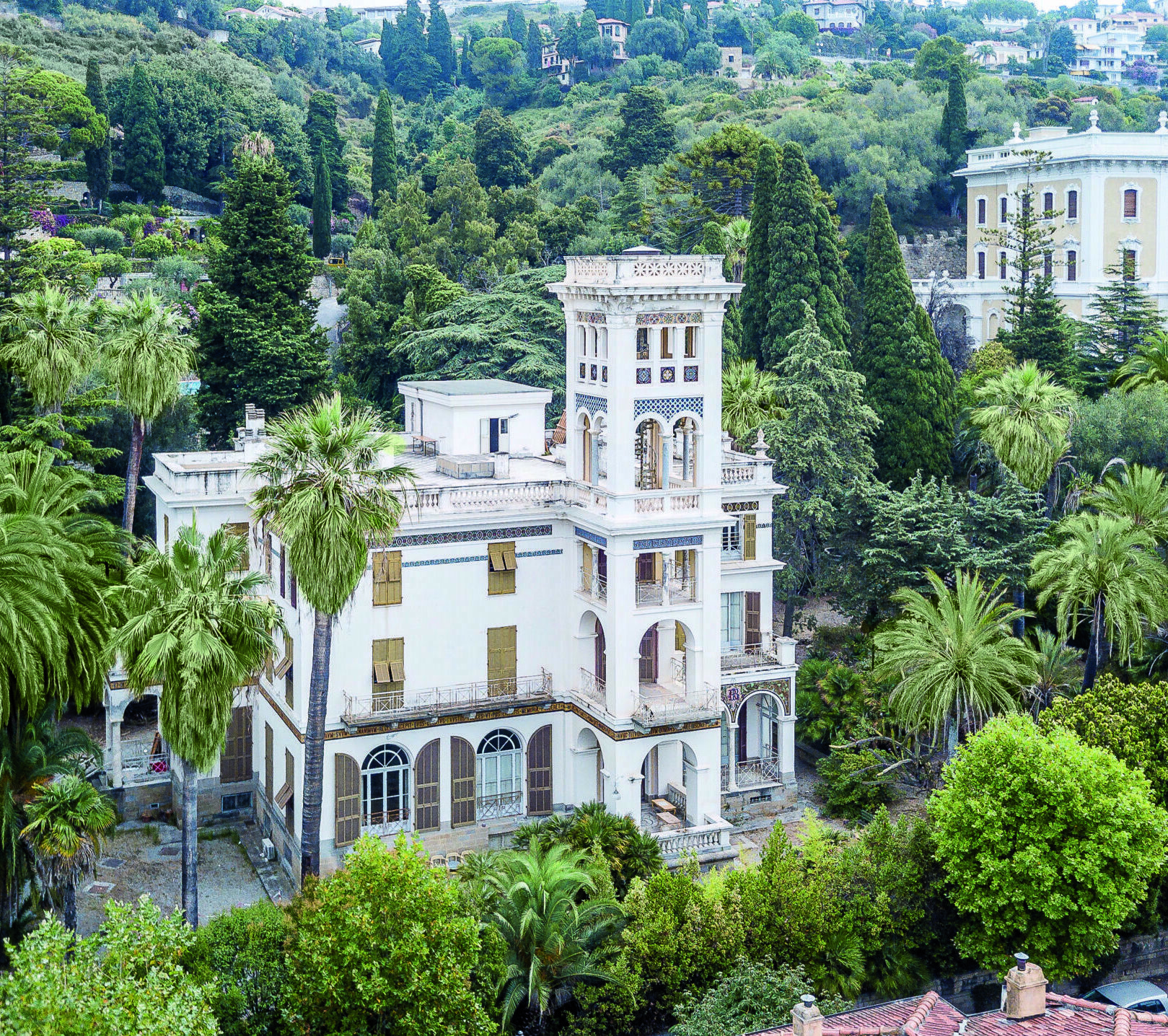
The hand of Charles Garnier is behind Villa Etelinda, built as Villa Bischoffsheim in 1878 by its first owner, the banker Raphaël Bischoffsheim. The architect of the Paris Opera loved Bordighera, where he had already designed his Villa Garnier and the building of the same name, now home to the Town Hall. With Villa Etelinda he created a new, imposing stately home that in 1896 went to Lord Claude Bowes-Lyon, 14th Earl of Strathmore and Kinghorne, who changed its name.
Already immortalised by Monet, the villa was destined to have a history of exceptional owners: in fact it was purchased by Queen Margherita of Savoy, who fell in love with the City of Palms.
Villa Regina Margherita, Bordighera
Queen Margherita of Savoy had a predilection for Bordighera: she holidayed in the town, at Villa Etelinda, from 1879 and in subsequent years, but then she decided to have a villa built for herself as a winter residence. In 1915 the work was entrusted to Luigi Broggi who designed an elegant building in an eighteenthcentury neo-Baroque style. A jewel of a villa, which stands tall on Via Romana with its gardens created by Ludwig Winter.
“When I want to think of something pleasant and restful, what immediately comes to mind is my dear villa in Bordighera” : these are words of Queen Margherita, who passed away there in 1926.
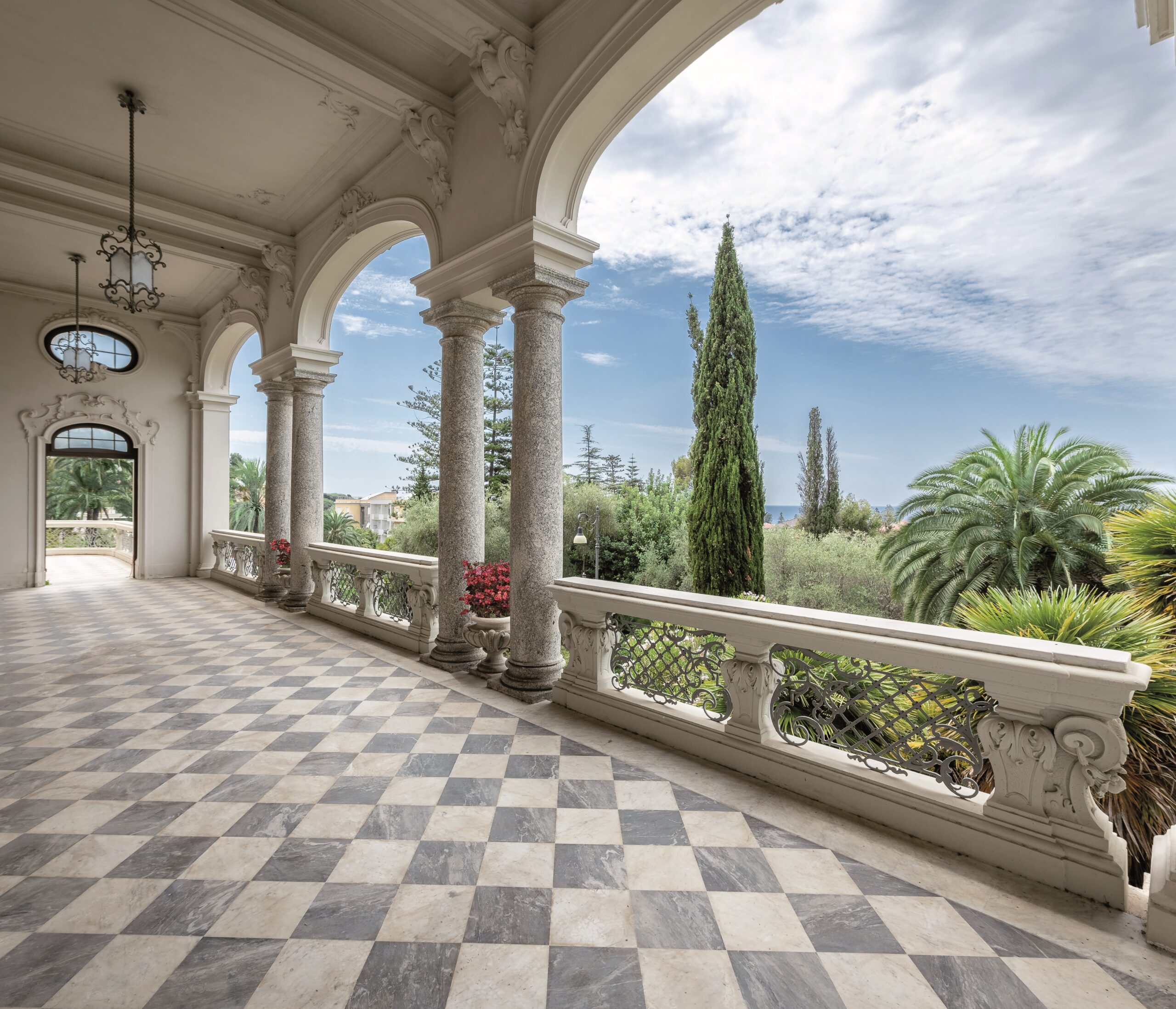
Villa Nobel, Sanremo
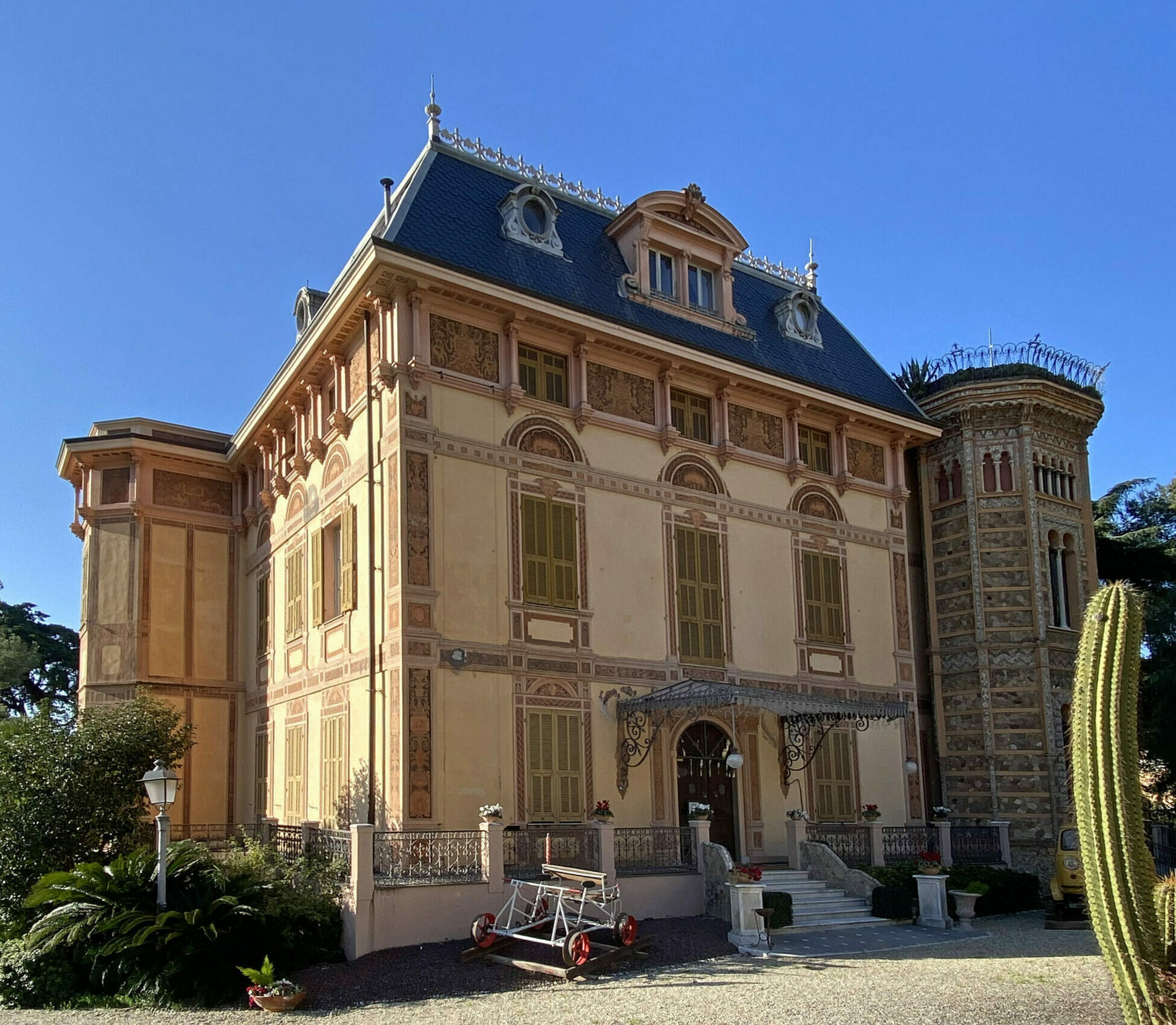
Unmistakable for its little Moorish tower, multicoloured facade, mixture of styles and large gardens: Villa Nobel, which today is a cultural centre, was the residence of Alfred Nobel from 1890 to 1896. Upon moving to the Riviera, Nobel conducted some of his experiments here. Just before he died, he drew up his will in San Remo which instituted the famous prizes in the fields of physics, chemistry, medicine, literature and peace.
The villa’s eclectic personality was well suited to the genius of the scientist whose legacy is honoured in the little museum located inside. Both the history of dynamite and of the Nobel Prize are told in this museum, dedicated to Nobel’s life and work.
Villa Ormond, Sanremo
In 1890 the Swiss magnate Michel Louis Ormond entrusted the work of building his villa to the architect Emile Réverdin. In 1890 the Swiss magnate Michel Louis Ormond entrusted the work of building his villa to the architect Emile Réverdin. What resulted was the luxurious Villa Ormond, focal point for high society in the Sanremo of the Belle Époque.
Surrounding the villa are its fabulous gardens, featuring fountains and a Japanese garden, with monumental trees, exotic plants and fascinating blooms.
Now a venue for events, since 1970 the villa has housed the International Institute of Humanitarian Law.
Beyond the gate, in the former annex, the Floriseum Museum of Flowers illustrates the history of floriculture in the Riviera, with memorabilia and photographic displays.
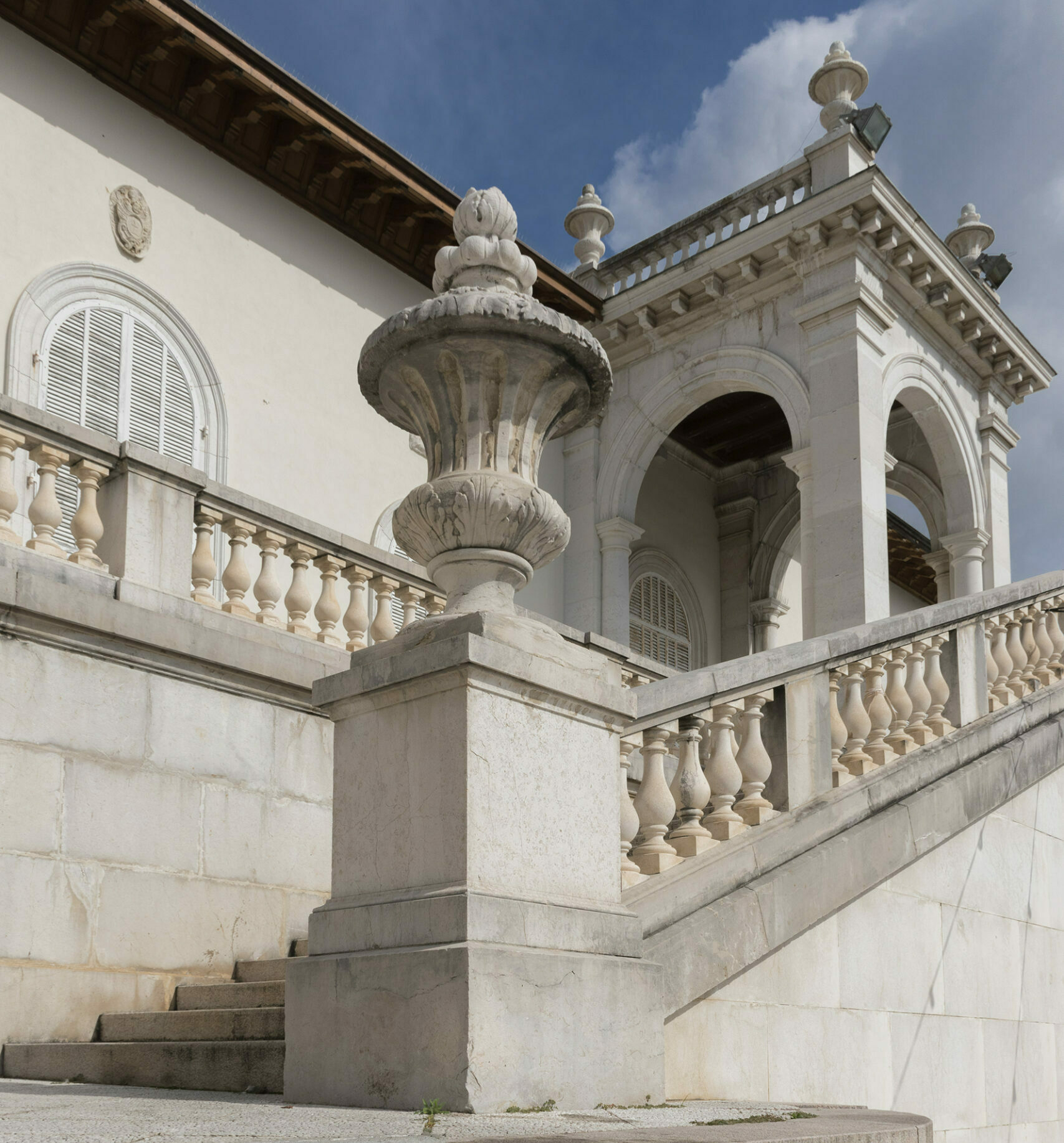
Villa Faravelli, Imperia
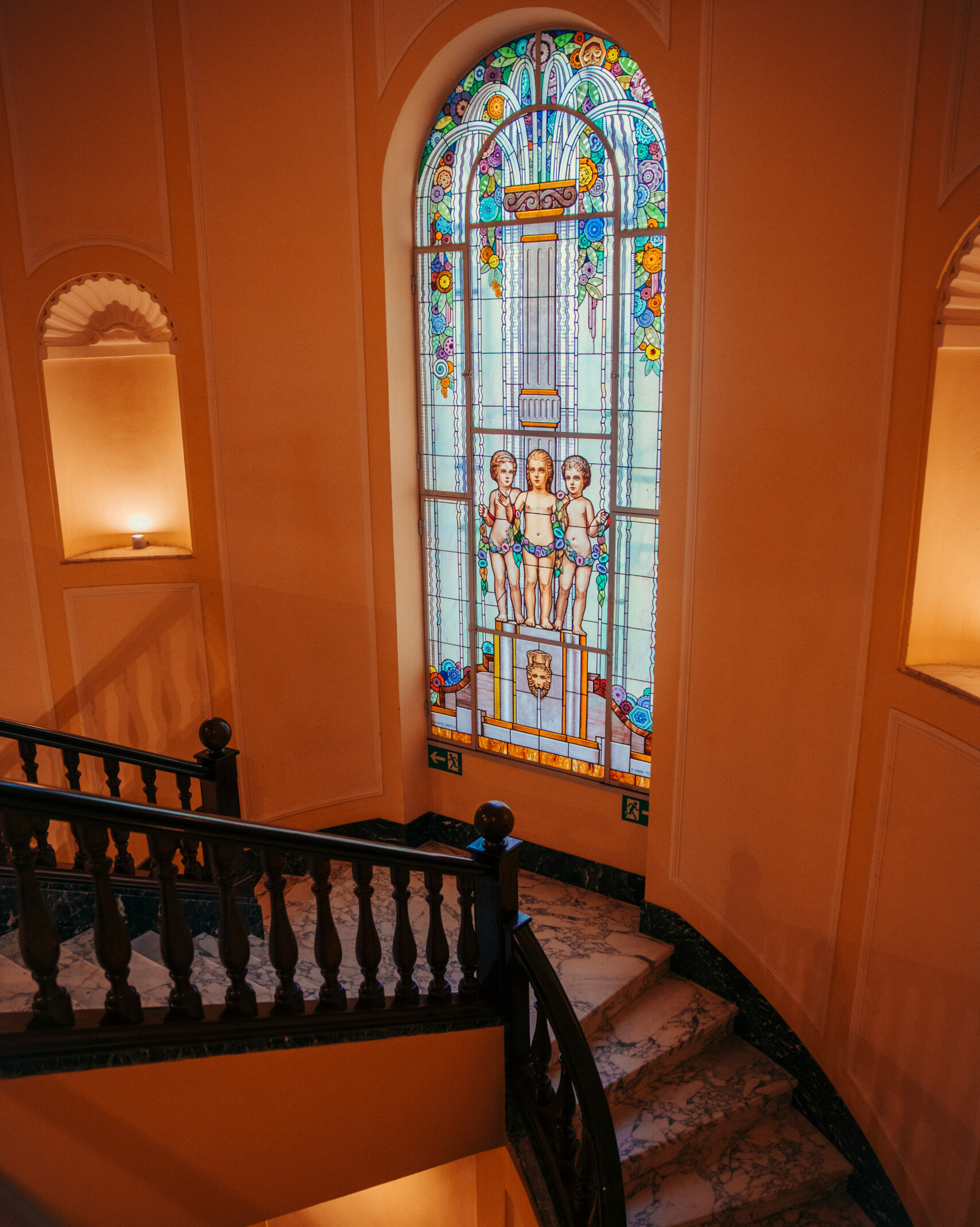
Today owned by the Municipality of Imperia and home to MACI, the Museum of Contemporary Art which houses the Lino Invernizzi collection, Villa Faravelli was built in the 1940’s for the industrialist Umberto Faravelli.
With its functional style, its elegant but understated lines, the interior of the museum maintains its period wood panelling and an impressive staircase with a stained glass window that leads to the upper floor.
Strolling around the museum takes you to paintings, graphic art and sculpture, about
sixty works, among which those of Manzoni, Fontana and Kupka stand out. It tells the story of post second world war artistic evolution, in which alongside the villa’s garden there is a dive into street art with murals by MrFijodor e Corn79.
Villa Grock, Imperia
It is impossible to classify Villa Grock: not corresponding to any style, it is a very personal and eccentric mix that matches the extravagant style of Adrien Wettach, aka Grock, the most famous clown of the twentieth century. Knowing Imperia purely by chance, Grock decided to build his Villa Bianca here in 1927. The building was designed by Armando Brignole but supervised by Grock himself in person.
Now restored and home to the Clown Museum, the Villa is a place that keeps his magic intact, between the water follies of the fountains and the fish pond in the gardens, the imaginative interweaving of Liberty style and symbolism, and the elusive and enigmatic smile of the clown lingering in every corner.
